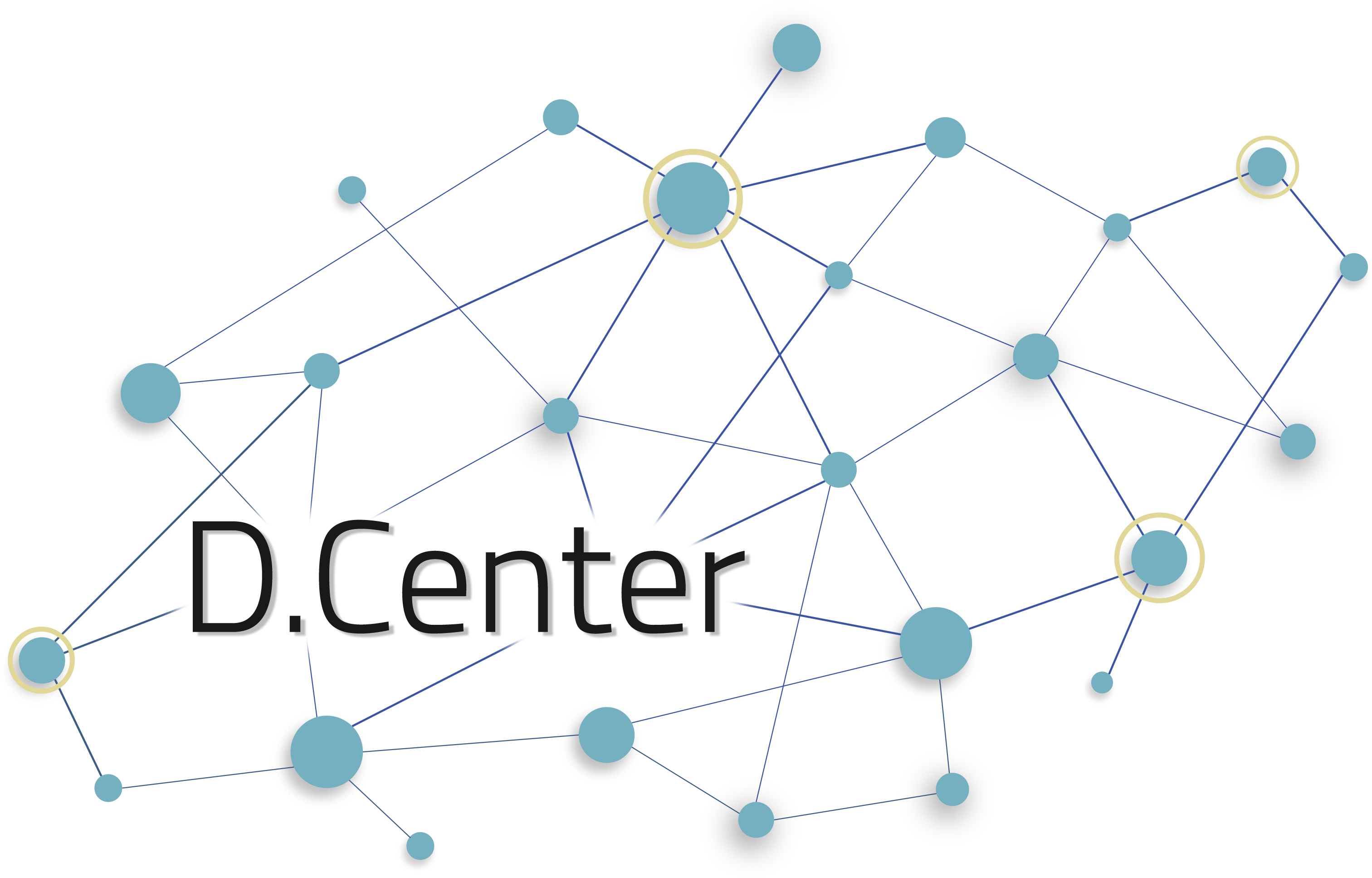
NFTs on Bitcoin: Yuga Labs dropping an Ordinals collection

The Bitcoin Ordinals trend has just gotten so much bigger.
This week, the NFT giant Yuga Labs 🦧 announced its own “Bitcoin NFT” project – the TwelveFold – and it’s causing quite a stir in the crypto community.
TwelveFold is a generative art collection, including both highly-rendered 3D elements and hand-drawn features, which is supposed to be auctioned off later this week.
📍 What are Ordinals? 🔢
They’re part of an open-source project from Bitcoin developer Casey Rodarmor, who theorized that within a Bitcoin transaction, there is an order to the distribution mechanism of satoshis (1/100’000’000 of bitcoin). Every satoshi is given a unique ordinal number as early as the candidate block, starting from 0, and continuing to just below 2.1 quadrillion.
The Ordinal software allows users to make inscriptions – inscribing arbitrary data associated with a specific satoshi into the witness of the Bitcoin transaction. It can be text files, PNGs, or even a program script itself.
At the protocol level, sats are still fungible, but at the social level, each inscribed sat carries an extra piece of information, making them unique – which led to the colloquialism « Bitcoin NFTs. »
📍 Do we need Ordinals?
Some people view Ordinals as abusing the network and bloating the blockchain, but others speak about the next big thing in Bitcoin and NFT development:
– unlike Ethereum NFTs, Ordinals do not point to an off-chain source of data – everything is inscribed on-chain,
– they also open the Bitcoin ecosystem to a whole new set of possibilities.
📍 How to create and use Ordinals?
The infrastructure and tooling around inscriptions on Bitcoin are rapidly progressing. Initially, users needed to download Bitcoin core, but now companies like Gamma.io offer no-code ordinal creators’ tools. Hiro Wallet and Xverse, Bitcoin-based web wallets, have already rolled out support for Ordinals.
The Ordinals project has recently passed 200,000 inscriptions, and the launch of TwelveFold can stimulate many more to come ✨
